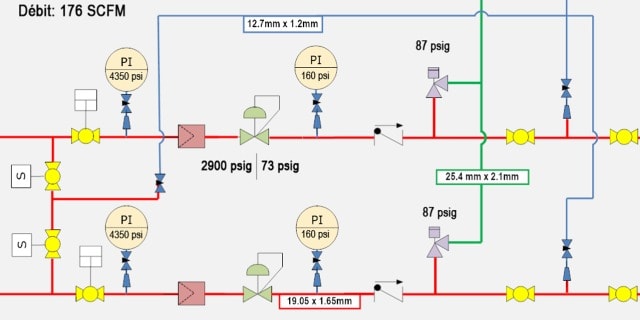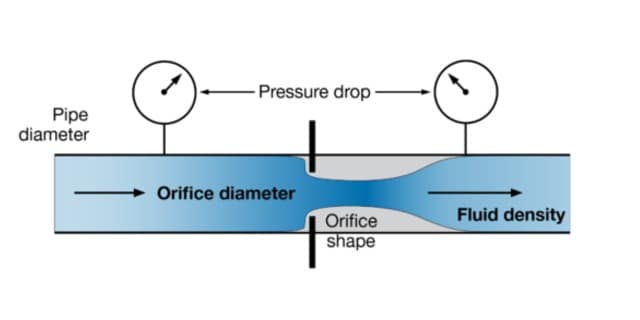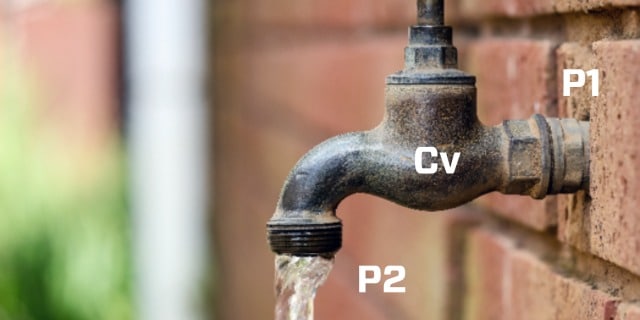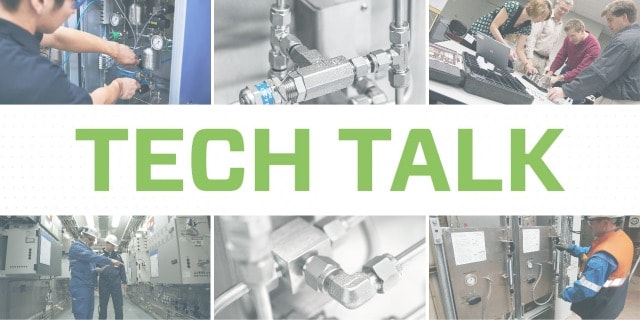Tech Talk: Valve Selection Best Practices
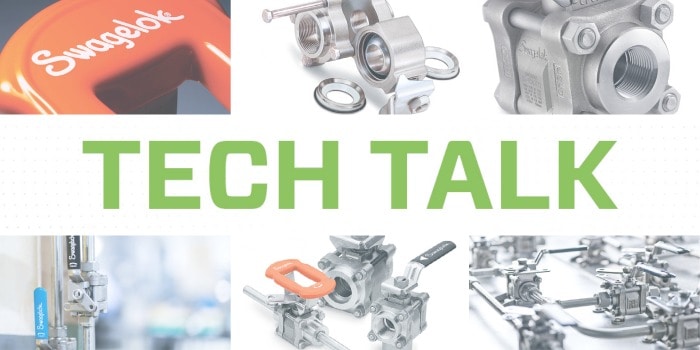
Valve Selection Best Practices
Valve selection is a giant topic. With nearly endless amounts of details and information about valves, this could be a topic we discuss for hours, maybe even days. Take a stroll through your facility or local plant, and you should notice them in high frequency. In fact, did you know that valves are one of the most used components in fluid systems and process industries? According to the Environmental Protection Agency (EPA), valves are the number one cause of the release of volatile organic compounds (VOC). Having the right valve for the right application is of the utmost importance.
This post is designed to cut through the clutter and hopefully, leave you with some critical points to help you make informed decisions around valve selection and improving your overall fluid system health.
Upon reading this article, you'll have a deeper understanding of:
- Types of valves
- Valve theory
- Valve flow requirements
- Valve material best practices
Let's get started.
Valve Selection Webinar Recap:
What Are the Different Types of Valves?
You may be familiar with process and instrument diagrams (P&ID), schematic diagrams which illustrate piping, process, instrumentation, and control devices. While great to have on hand, they only provide so much information. Likewise, a P&ID is great for illustrating and selecting the types of valves needed for your fluid system, but a little more legwork is required when choose specific valves for specific applications within your system.
The P&ID example above helps demonstrate the different types of valves used in a system. We have ball valves in yellow, needle valves in blue, pressure control valves (or regulators) in green, and relief valves in purple—various valves with different purposes.
Types of Valves:
Diaphragm Valves: Minimize entrapment areas and facilitate purging with a fully swept flow path to improve system efficiency while providing effective flow shutoff. Diaphragm valves come in a variety of sizes, materials, and configurations, including atomic layer deposition, thermal immersion, and springless, meet the system requirements of high-purity and ultrahigh-purity applications.
Ball Valves: : Ball valves are general purpose valves that can be used in various applications, such as alternative fuel service or to control system flow, as examples. Swagelok ball valves are available in on-off, switching, or crossover configurations and can be manufactured to a wide range of specifications.
Bellows Valves: Bellows valves use a packless design and welded seal to prevent leaks to the atmosphere in general and high-purity service with various flow coefficients and stem tip material options.
Check Valves: Swagelok check valves come in a broad range of adjustable and fixed cracking pressures to control backflow in general-service and high-purity applications. Excess flow valves will stop the release of extra flow downstream, enhancing system integrity and safety.
Instrument Manifold Valves: Swagelok two-, three-, four-, or five-valve manifolds are factory built and tested to deliver reliable solutions for critical instrumentation applications. Direct-mount, remote-mount, or modular systems configurations are available, including low fugitive emissions and NACE compliant alloys.
Needle / Metering Valves: Needle valves provide reliable flow control for a range of applications using a variety of stem designs, flow patterns, materials, and end connections in designs such as integral-bonnet and union-bonnet. Metering valves provide the ability to make fine adjustments to accurately control system flow in low- or high- pressure, and low-, medium-, or high- flow applications.
Relief Valves: Proportional relief valves provide overpressure protection with a variety of set pressures available. For applications needing to drain signal line pressure to the atmosphere, bleed and purge valves will manually bleed, vent, or drain that pressure.
Process Interface Valves: Swagelok process interface valves enable a smooth transition from the process piping system to instrumentation in a single configuration, providing fewer potential leak points, lower installed weight, and a smaller space envelope.
A Bit of Valve Theory
What drives flow?
Pressure drop is required to drive flow rates through any fluid system. If the entire system is at one, stable pressure, there is zero flow through the system. One must have higher pressure on one end than the other to drive flow through the system. A simple example is that of a ball rolling down a hill. Often, gravity can serve as the source of pressure drop in low-pressure systems.
Example of flow through a system.
What impacts flow?
It's several things, but the big ones are:
- Orifice Sizes - Example: Internal diameter of our tubing or piping.
- Flow Coefficient (Cv) - Similar to orifice size, but is often used as a constant value for a fluid system component like a valve or instrument. It's used to calculate flow rates or pressure drops.
- Temperature or the type of fluid in use.
Using our spigot or faucet outside our house as an example, we can demonstrate the impact of flow rates through upstream pressure, downstream pressure, and Cv. This valve would be considered a flow control valve. What do we do to get more flow through this valve? We open it a couple of turns. To get less flow, we would close the valve a little, changing the Cv with each turn of the handle.
Other Considerations
For gases, the flow rate depends on both the inlet and outlet pressure. Because gas is compressible, knowing the actual operating pressure will impact our flow rates, Cv, and orifice sizes of our components.
Because they’re not compressible, the operating pressure for liquids is of less concern than gas, as the flow rate for liquids requires a pressure drop.
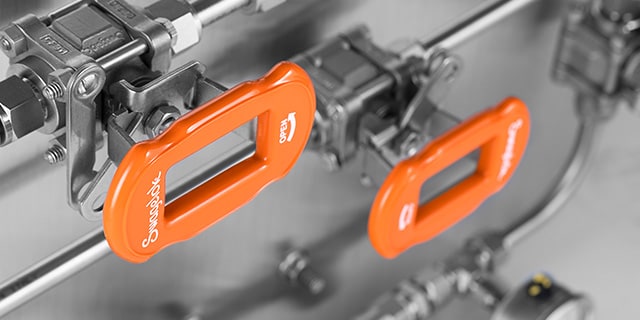
Shop Valves
Shop our comprehensive suite of valves suitable for diverse applications in a variety of industries.
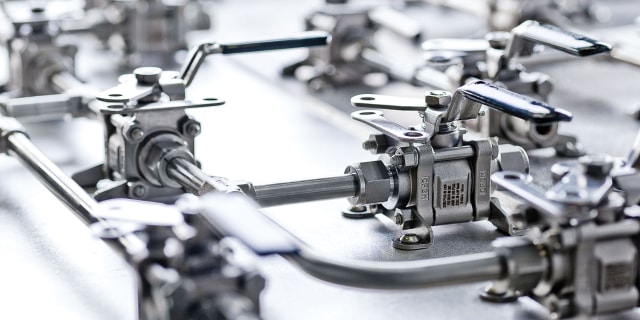
Valve Essentials Training
Learn how to choose the right valves for your applications and identify common issues.
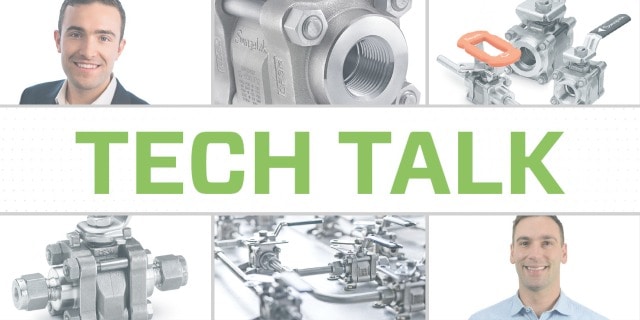
Tech Talk Recap: 60 Series Valve Applications
Get caught up: The ins and outs of 60 series valves and their applications.
Valve Sizing & Flow Requirements
Here are the steps to selecting a valve size:
- Determine the application
- Depending on the application, there may be more steps necessary. Whether it is to control flow, turn it on and off, or switching between multiple systems, this step is often completed during the P&ID phase.
- Gather system parameters
- What is the desired flow rate? Is it a steady rate, or a range of flow rates?
- What is the inlet pressure? Outlet pressure?
- What is the temperature? Most important for gases.
- What is our process fluid?
- Calculate Cv
- Take the values above and calculate an estimated Cv. You may want to do this for the entire flow rate range. Check out the free Cv calculator tool for more info.
- Find a valve that meets the required Cv and gives you the appropriate control.
Materials Best Practices
When it comes to valves, our engineers like to detail every component within the valve and run compatibility checks to ensure each component is compatible with what they're working with. Doing so can help you be proactive and prevent issues such as corrosion. Some other material best practices include:
- Identify types of corrosion - what it looks like, where it occurs, and why it happens.
- Select materials resistant to corrosion.
- Minimize locations where crevice corrosion can occur.
- Avoid the contact of dissimilar metals, which can cause galvanic corrosion.
- Specify everything from the supports and clamps to the tubing itself to reduce the potential for corrosion.
- Understand requirements and standards.
- Learn more through training.
Want to learn more about valves? Have specific questions or applications for one of our field engineers? Please reach out! We're always happy to help.

